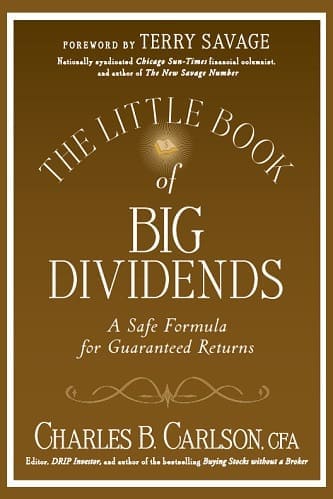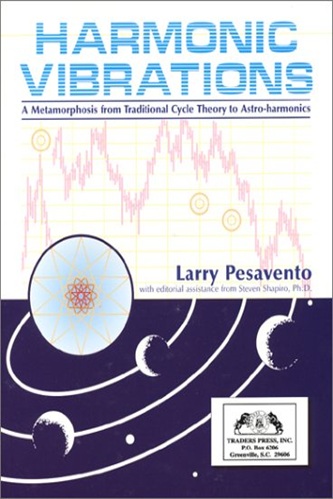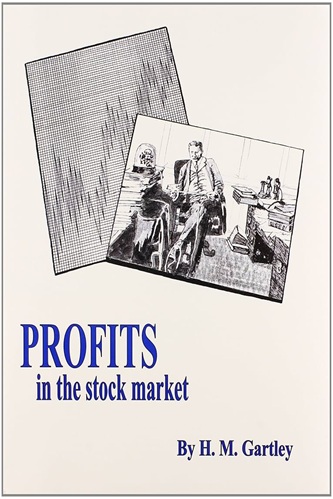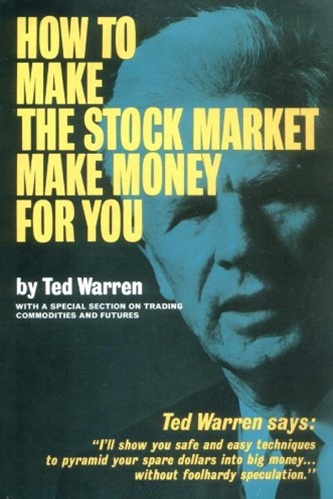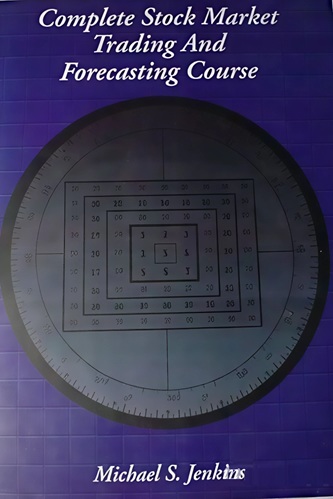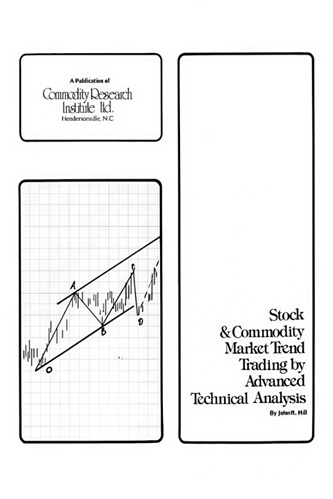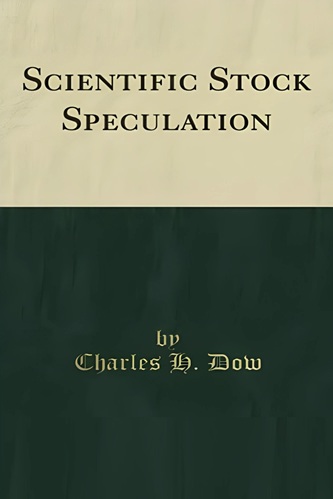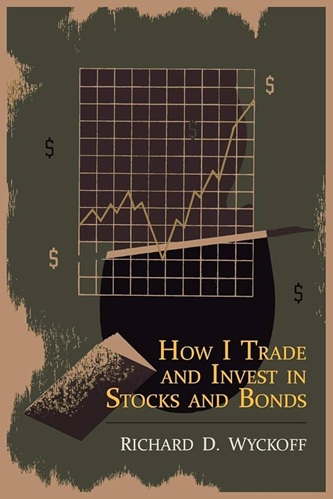The Little Book of Big Dividends: A Safe Formula for Guaranteed Returns
$12.25
| Author(s) | |
|---|---|
| Format |
|
| Pages |
201 |
| Publication Year |
2010 |
In The Little Book of Big Dividends, dividend stock expert Chuck Carlson presents an action plan for dividend-hungry investors. You’ll learn about the pitfalls, how to find the opportunities, and will learn how to construct a portfolio that generates big, safe dividends easily through the BSD (Big, Safe Dividends) formula. If you’re a bit adventurous, Carlson has you covered, and will teach you how to find big, safe dividends in foreign stocks, preferred stocks, ETFs, real estate investment trusts, and more. Contains the simple tools, strategies, and recommendations for finding big, safe dividends Helps you put a complete portfolio together that pays dividends every month Show you the top dividend paying stocks with their dividend payment dates It doesn’t get any easier than this, and in these turbulent times, you can’t afford to ignore the power of dividends.
Author’s Introduction:
If you want the recipe for getting rich in the stock market, here it is: Find stocks with above – average appreciation potential and safe and growing dividends, and buy them at attractive prices. This book shows you how to do just that. In the pages before you is a blueprint for successful dividend investing. I walk you through the basics — what a dividend is (and isn ’ t); why, how, and when companies pay dividends; and why some companies pay big dividends while others pay no dividends at all. (That ’ s all in Chapter 1 .) In Chapters 2 and 3 , I discuss the importance of size and safety of dividends when considering dividend – paying stocks, and I introduce you to a simple formula for finding Big, Safe Dividends (BSDs). This formula takes into account factors most critical to the safety and growth potential of a company ’ s dividend. I define and discuss each of these important factors and show you how they can be used to rank dividend – paying stocks. As you ’ ll read, my BSD Formula has an excellent track record of spotlighting attractive dividend – paying stocks while isolating those where dividend cuts or omissions are most likely. This chapter also shows the benefits of combining the BSD Formula with other investment tools to improve your odds of finding the best stocks for dividends and price appreciation.
My gripe with a lot of investing books is that they tend to be long on theory but short on specific, actionable advice and recommendations. Chapter 4 “ names names, ” taking the ideas and tools from the first three chapters to create lists of my favorite stocks offering big, safe dividends. And we go global. It has never been easier for any investor to buy shares of foreign companies. International investing has become increasingly popular, and this chapter spotlights those foreign stocks that are the most attractive for dividend – seeking investors.
Finding attractive dividend – paying stocks is only one piece of the puzzle. Buying them is another piece. Fortunately, it has never been easier or cheaper for investors to buy stocks with big, safe dividends. Chapter 5 explores the most cost – effective ways for any investor — even those with limited pocketbooks — to buy these stocks. Brokers represent one way to buy these shares, but you can also buy stock directly from the company — the first share and every share — without a broker. With these plans, you can buy shares with very little money down ( $ 250 or less) and pay little or no commission. And it ’ s not just U.S. stocks. A growing number of international stocks, including those with big, safe, dividends, allow any U.S. investor to buy shares directly, without a broker. I ’ ll show you what companies offer the plans and how to get started buying stocks directly.
Inflation is the enemy of any investment program. One way to help stave off the effects of inflation is to make sure your portfolio includes companies with a habit of boosting their dividends. Chapter 6 discusses the importance of dividend growth and highlights stocks with big, safe, and fast – growing dividends. Americans are getting older. With age comes an increased demand for cash flow. One reason dividend – paying stocks represent an excellent source for cash flow is the ability to synchronize dividend payments with cash – flow needs. Chapter 7 shows you how to organize stocks based on dividend – payment dates in order to construct portfolios that pay you big, safe dividends every month of the year — a helpful budgeting tool to meet your monthly bills. If you can sync an iPod, you can sync your investments with your cash needs.
While this book concentrates on dividend – paying common stocks, investors have a growing menu of investment choices to generate cash flow. Preferred stocks, real estate investment trusts (REITs), master limited partnerships, open – end and closed – end mutual funds, and exchange – traded funds (ETFs) are just some of the many investment vehicles investors are turning to for dividends. Chapter 8 takes a walk on the wild side by explaining the pros and cons of these often – risky but potentially high – return investments.
“ Buy low and sell high ” is every investor ’ s mantra. The reality is, however, that few investors buy low and sell high. We usually buy high and hope to sell higher. The reason is that buying low is hard. Stocks fall because of bad news — a bear market, lousy earnings, product mis-steps. And avoiding bad news is hotwired into most of our DNA. In order to take advantage of market declines to buy low, you need a strategy that takes emotions out of the decision – making process, a strategy that forces you to buy stocks even when you ’ re afraid. Such an investing strategy exists: dividend reinvestment. With dividend reinvestment, your investing is on autopilot.
You buy stock even when you are freaked out by the market. (Actually, when most investors are freaked out by the market is precisely the time you want to be buying.) Dividend reinvestment plans aren ’ t just great tools for forced buying. The plans offer a way to turn a little money into a lot over time. With dividend reinvestment plans, if you don ’ t have enough money to buy a full share of stock, your money will buy a fractional share, and that fractional share is entitled to a fractional part of the dividend. It ’ s like buying stock on the installment plan. And believe it or not, there are some dividend – reinvestment programs that allow you to buy stock with your dividends at a discount to the market price. Chapter 9 discusses these programs.
The book closes with what I call the ultimate big, safe, dividend portfolio. This portfolio features attractive U.S. and international stocks and funds with big, safe dividends. I show you how to construct the portfolio based on dividend – payment dates (so you ’ ll get a dividend check every month of the year) and how to use low – cost direct – purchase plans to purchase many of the investments. As you ’ ll see, anyone can start to build this portfolio with minimal amounts of money.
One reason I wanted to write this book was to dispel a lot of myths about dividend investing. Indeed, much of what is written about dividends is inaccurate or incomplete. Don ’ t get me wrong. Dividends are great, but they are not the free lunch they are so often made out to be in the press. To address some of these myths, as well as to reinforce what I think are important concepts when it comes to dividend investing, you ’ ll find a “ Yield! ” box at the end of every chapter. What I want you to do when you see Yield! is exactly what you do when you see a Yield sign while driving — slow down and assess the situation before advancing. If you remember only these simple ideas, you ’ ll be way ahead of the pack when it comes to dividend investing.
Contents:
- The Check Is in the Mail
- Super Size Me, without the Heartburn
- If Einstein Was a Dividend Investor
- The World Is Your Oyster
- It Pays to Be Direct
- Postcards from the Hedge
- Lifeguard on Duty
- Juice Your Portfolio without Striking Out
- When DRIPs Become Floods
- If You Build It, Dividends Will Come
The Little Book of Big Dividends: A Safe Formula for Guaranteed Returns By Charles B. Carlson pdf

